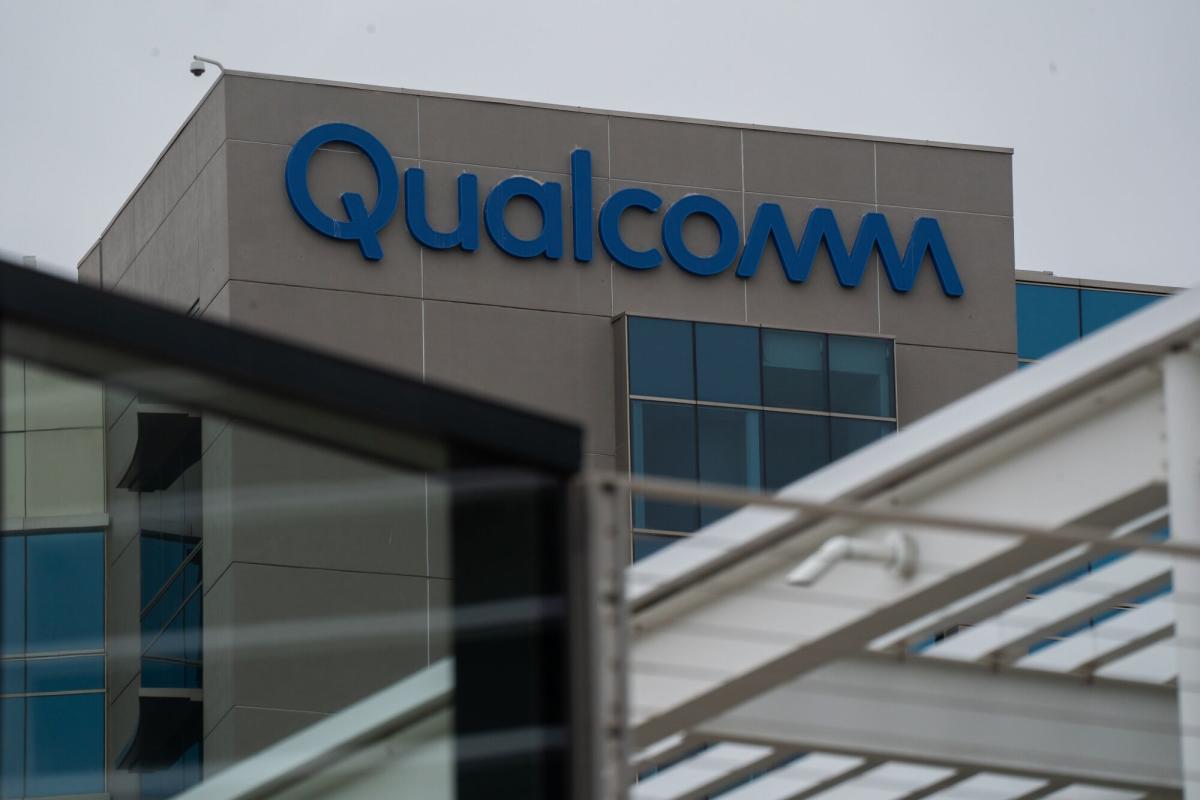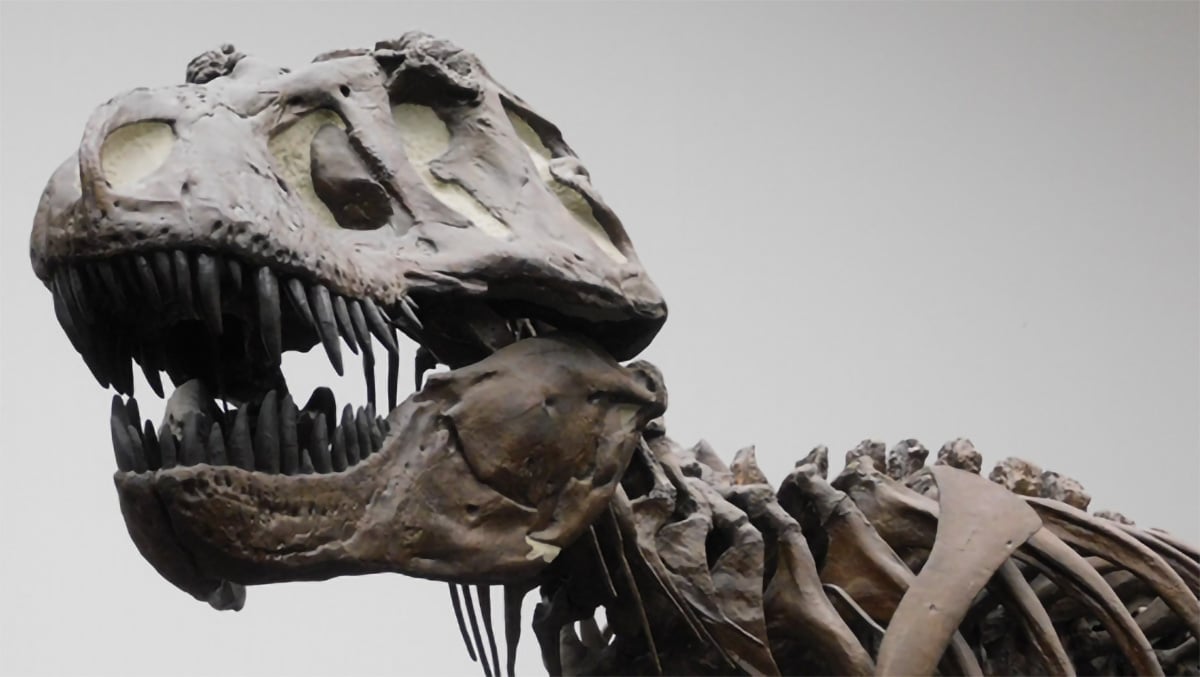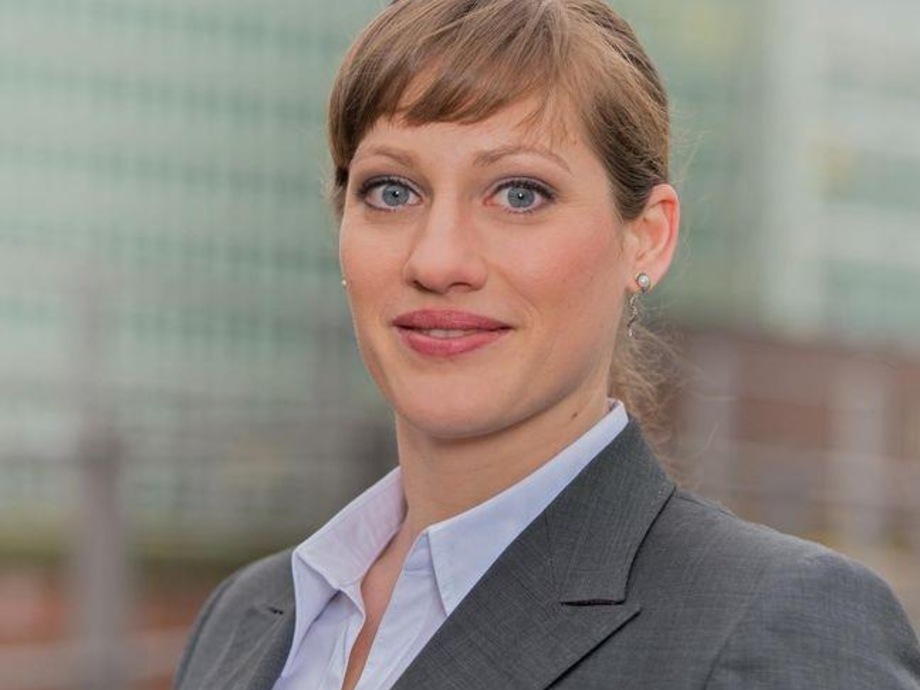What was your experience from testing your True Digital Twin on a foundation chassis at an offshore Wiking wind farm a year ago?
Ursula Smolka: Our analyzes show that, as an instantaneous decision-making tool, this digital tool makes offshore wind farm visits less necessary. This results in a 50 percent lower probability of trips for maintenance and inspection teams, according to evidence from our measurement data. Especially for preventive maintenance that is generally provided, this means that service personnel do not have to go out much in practice – if the wind farm does not have eyes, but sensors and a digital analyzer such as the Digital Twin. Of course there will still be mandatory inspections to ensure the stability of the turbines. However, based on the technology of digital twins, it can be reduced from the start. Unfortunately, the regulations under the international offshore wind energy standard DNVGL-ST-0126 are still very incomplete. In order to be able to use the digital twin to create a recognized risk-based analysis of damage and due date associated with the next maintenance, critical operating situations must be identified. Unfortunately, these are not defined because not all foundation structures are the same, for example, not all wind turbines are fitted with bolts on the foundation structure. But the digital twin provided the prerequisite for a good understanding of what critical errors in systems might be – by mixing design data with real data.
What technical equipment is required?
Ursula Smolka: True Digital Twin always works in the background 24 hours a day, seven days a week and compares itself to reality: what operational risks are from the measurement data – and what can actually be expected based on numerical calculations. The digital twin will alert immediately if there are scour formations – depressions on the sea floor around foundations caused by swell changes and loads in foundations – or until everything is clear so that operations can be maintained. However, the potential of the digital twin is even greater when you consider that maintenance teams sometimes have to go out a second time after checking damage to a wind farm because they don’t have the right tools or replacement components with them initially and have to catch up. This separate equipment load sometimes accounts for half of the missions. Our virtual testing of digital twins at the Wikinger Baltic Sea wind farm, which we simulated more than 20 years of wind farm operation in rapid motion, has demonstrated their suitability: over the entire operating life of the wind farm, based on data from acceleration sensors on the grounding, but also in The entire system, based on computer calculations, prove real stability. This requires sensors placed strategically in the wind farm. In the cloud of data generated by the many computers on Earth, we feed the digital twin with measured values from operating and environmental conditions such as temperatures, air pressure, or current IoT power generation. The sensors deliver at a rate of 20 data points per second. Until now, however, sensors must be located at all critical points in the system in order to provide sufficient information about the critical operating states of the components. Thanks to the digital twin, a few sensors at strategic points suffice, which uses the mathematics of its programming to calculate the state of the entire turbine body at all important points. The maintenance methods we developed 30-40 years ago don’t yet factor in the amazing revolution that our 24/7 data collection is enabling.
Will digital twins and big data for wind farms always remain just an external technology?
Ursula Smolka: A revolution is already happening here through all industrial structures and infrastructure areas – the technology is already being used in remote monitoring of bridges and roads, for example. It is clear that the financial benefits of onshore wind farms are less because the cost of service trips is much lower and therefore promises lower savings. Therefore, the use of digital twins and big data algorithms is highly efficiency dependent. Offshore wind can be considered a pioneer. However, it is difficult to predict when the time will come for all wind energy sites.
This is the second part of the conversation with Ursula Smolka about digitization in the operation of wind turbines that just appeared in our print magazine. You can also read the first part of our case and the R&D summary on the future question of digitization: How can individual machines in a wind farm know what is good for them and the wind farm as a whole and act accordingly?
Do you want to watch the development of wind turbine technology? Then simply subscribe to Free newsletter from renewable energy!

“Certified tv guru. Reader. Professional writer. Avid introvert. Extreme pop culture buff.”






More Stories
AI Startup: Here are eight startup ideas
Di Giannantonio (Ducati): “Crazy with technology” / Motorcycles
Huasun offers 0BB heterojunction solar modules with modern zero busbar technology